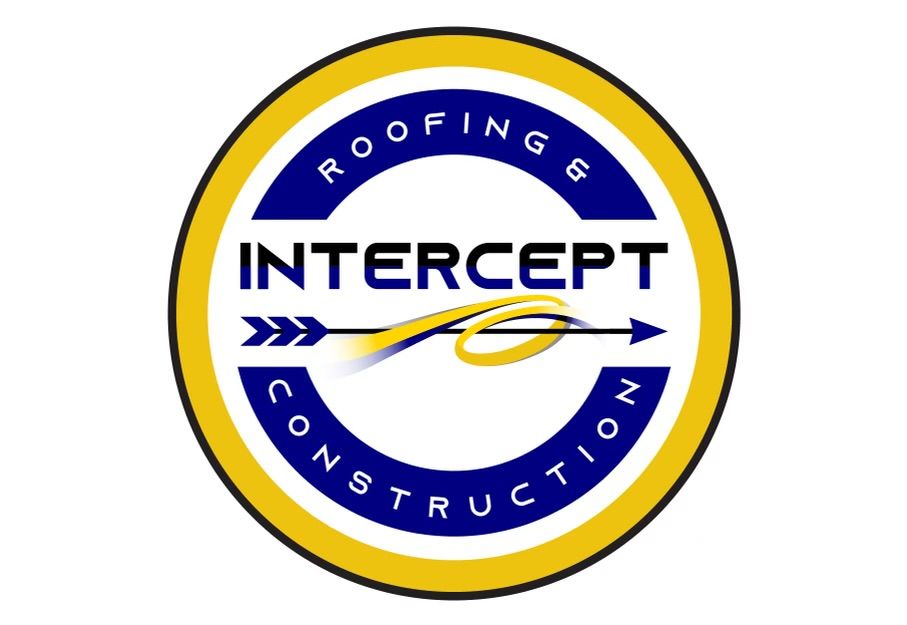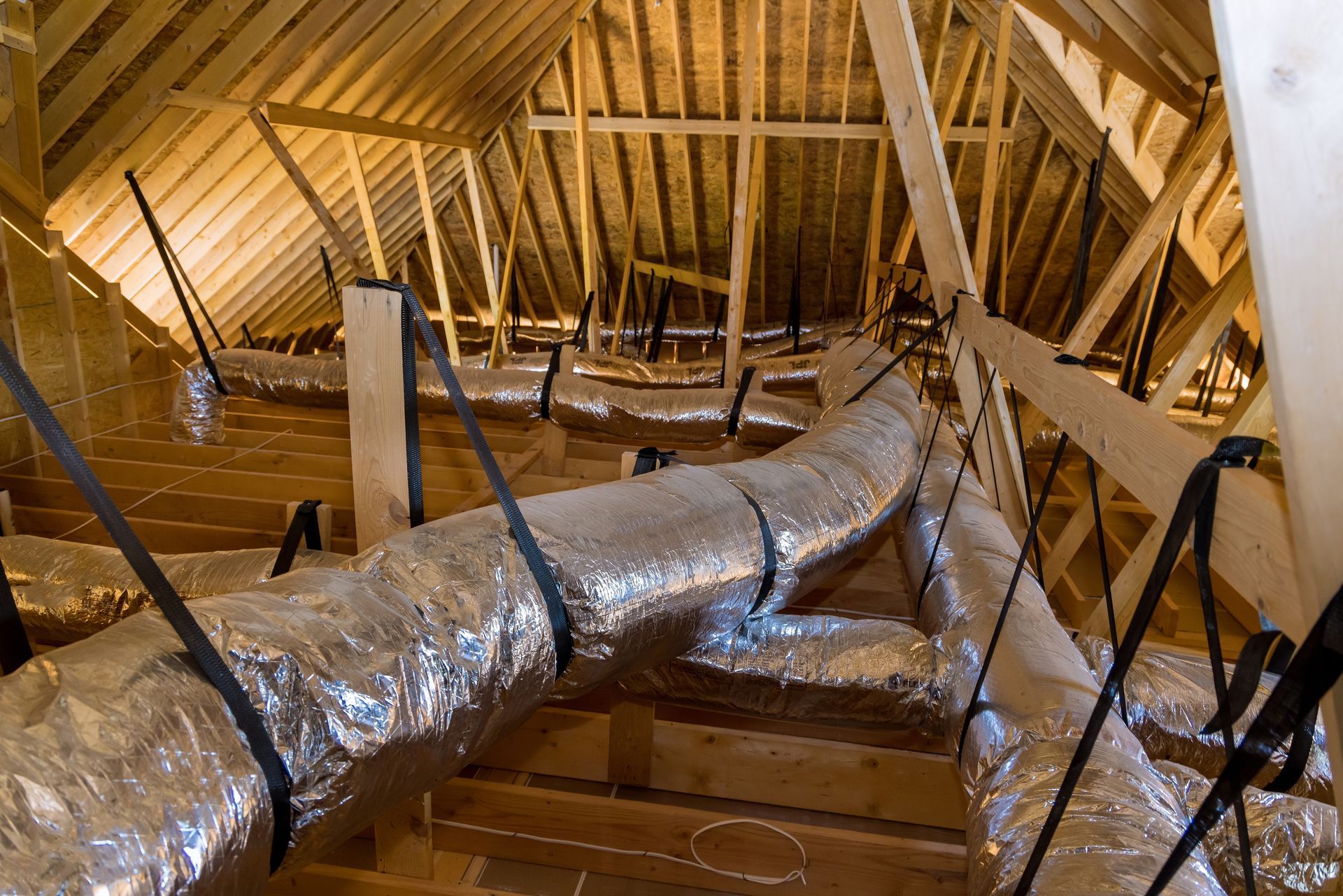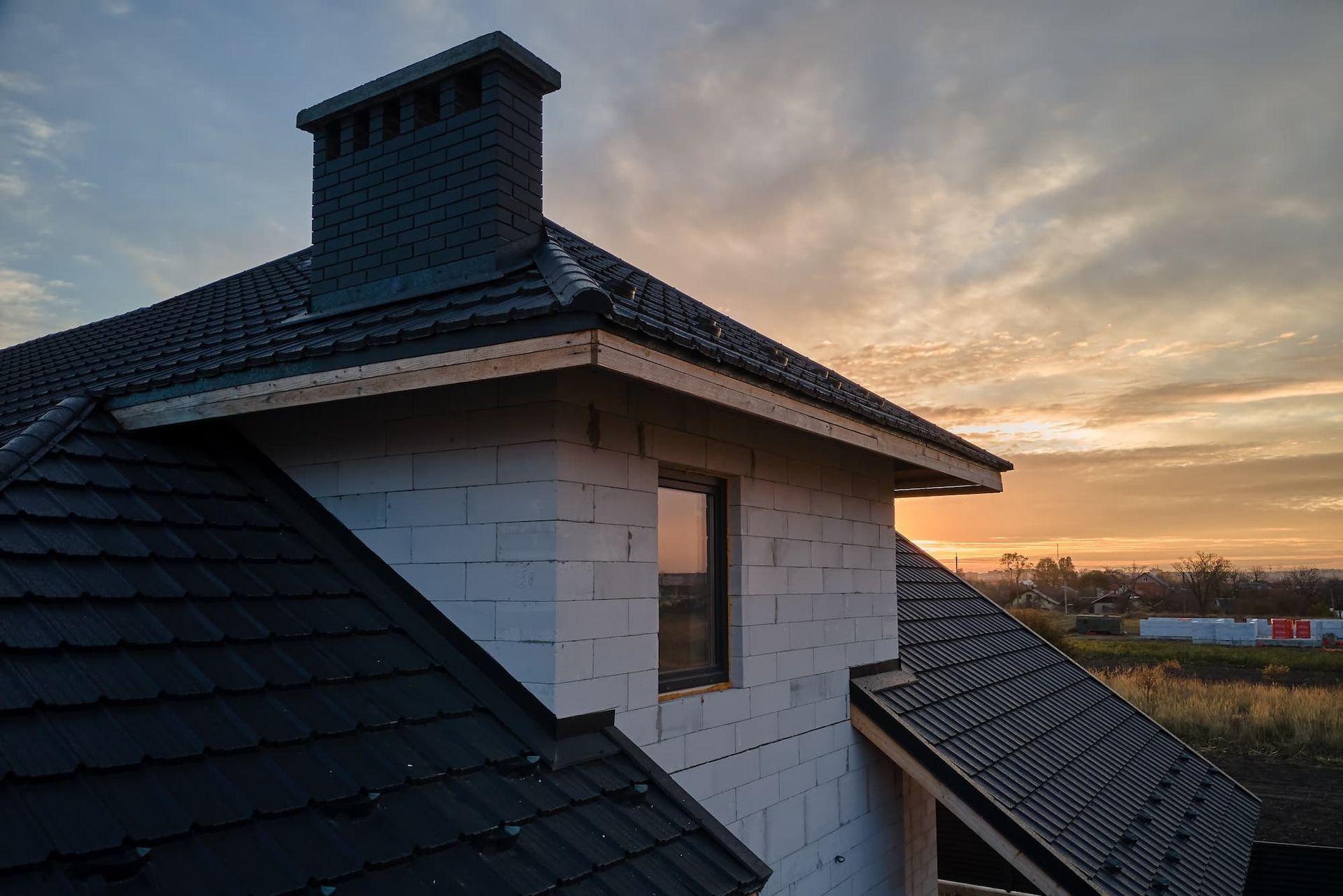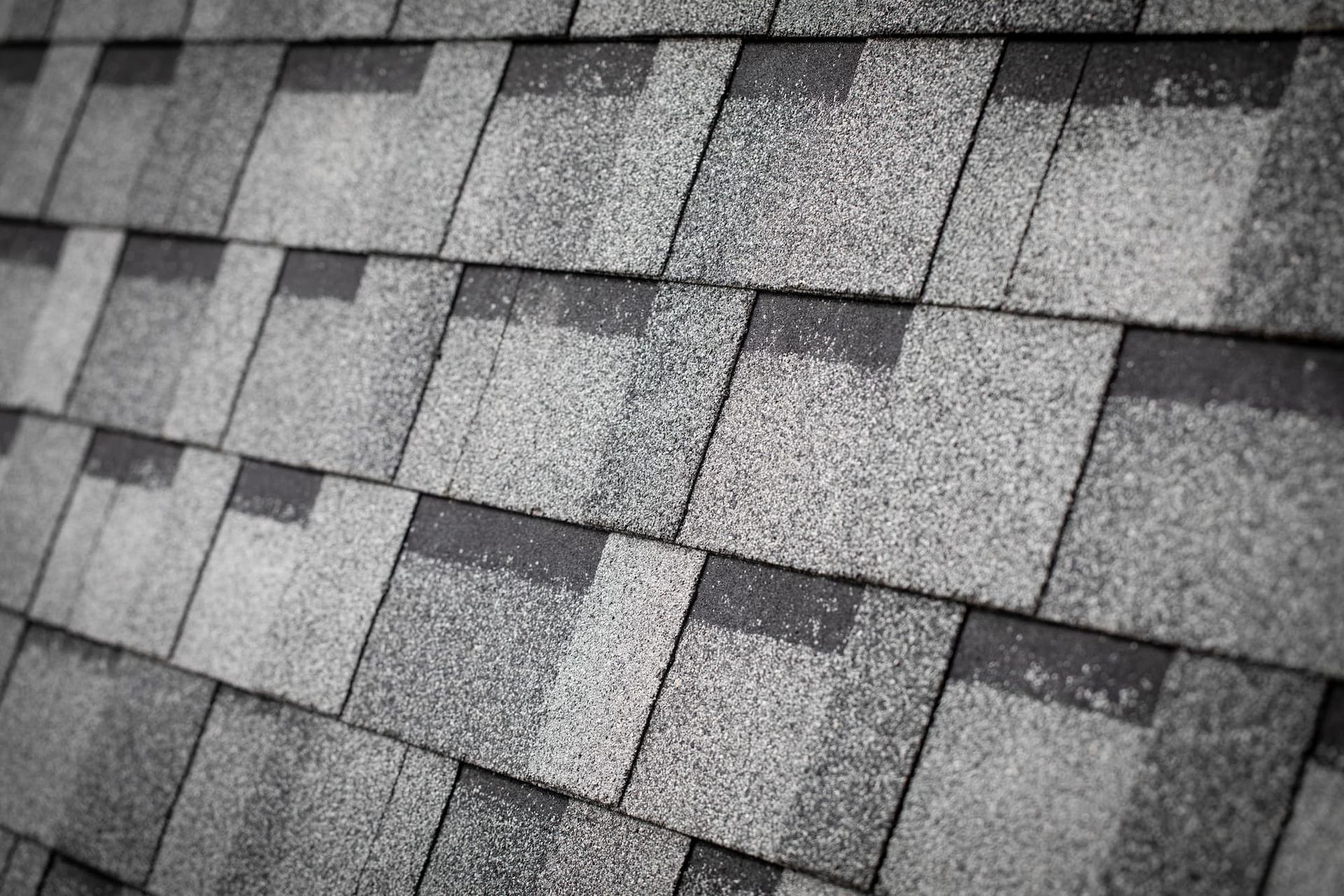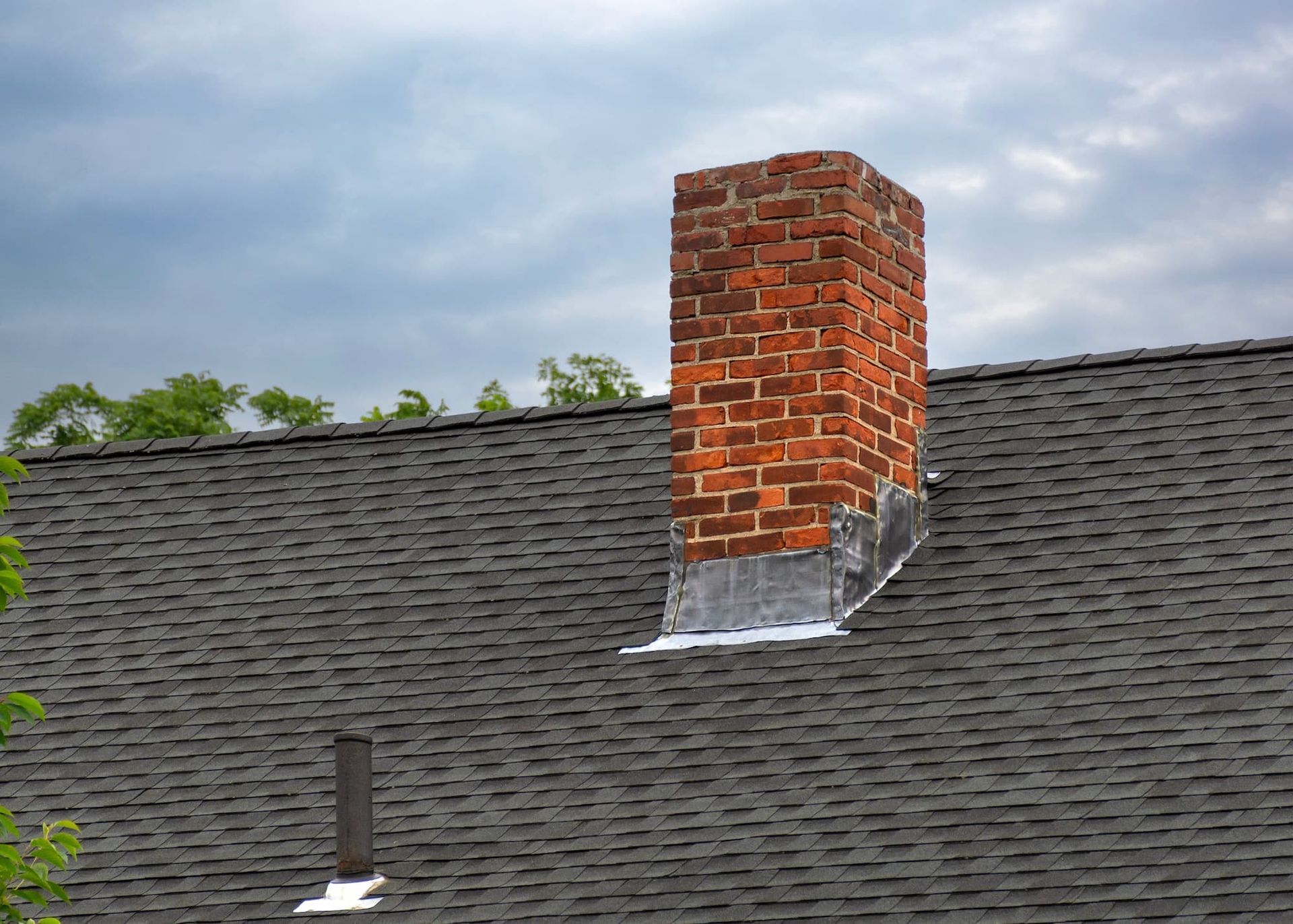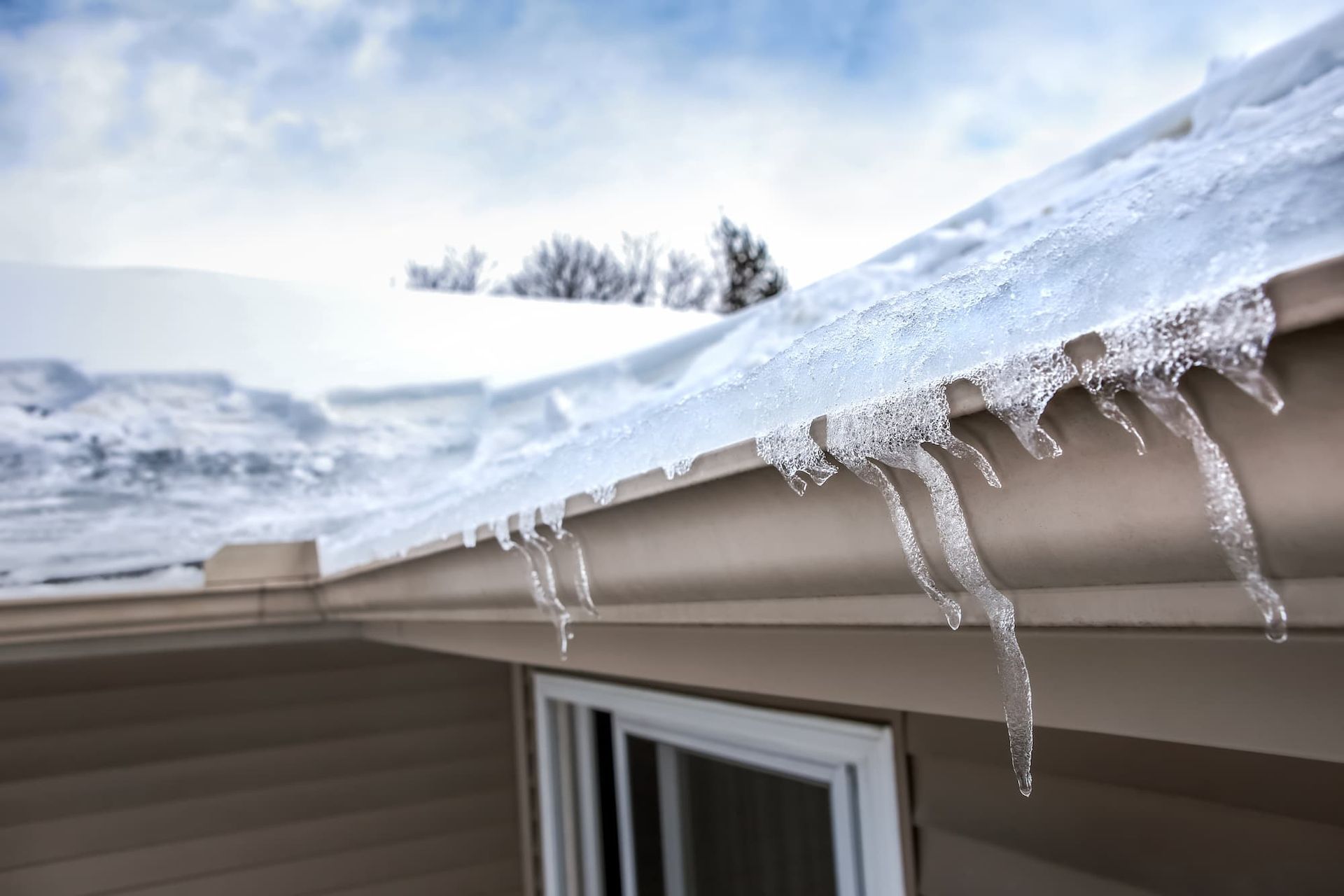Energy Savings from Proper Roof Ventilation & Insulation
Energy bills can skyrocket with the seasons—and they can creep up over time. Homeowners can stay in control of their home's energy consumption by installing energy-efficient roofing features, including roofing ventilation systems and insulation. These solutions introduce fresh airflow and create a barrier between the air-conditioned and un-air-conditioned spaces. Intercept Roofing offers energy-saving home improvements that provide proper roof airflow. Learn more about how they work and how they can reduce HVAC costs.
How Roof Ventilation and Insulation Work
Roof ventilation systems like attic fans can save you money every season. During the hotter months, they allow warm air to exit the attic instead of building up and getting hotter and hotter. In the winter, fans can prevent ice dams by mitigating extreme freeze-thaw cycles that allow ice to build up and trap water around your roof. Fans also control humidity, which protects the roofing materials, wood, and other materials in your attic.
Insulation creates a barrier that prevents the movement of heat. Hot exterior air stays locked out during the summer, and heated interior air doesn't leak out. The higher the R-value of your insulation, the better it keeps heat in the right space so you aren't continually cooling and heating air.
Together, roof ventilation and insulation are an energy-efficient roofing solution that reduces HVAC costs and can also improve air quality.
The Cost of Poor Roof Ventilation and Insulation
When you don't make energy-saving home improvements, there are multiple ways your home can drive up your energy bill. Not having sufficient roofing ventilation systems and insulation that meet roofing insulation guide standards can result in:
Hot air building up in your roof, making the temperature significantly hotter than outside
Increased humidity and moisture, which can lead to mold, mildew, and rot
Overworking your HVAC to keep air cool or warm each season, which drives up your energy bill and can prematurely wear out your unit
Use Less Energy With Proper Roof Ventilation
Installing roof ventilation and insulation can immediately reduce the amount of energy you use, resulting in measurable savings. Depending on your type of home and the insulation and ventilation systems you install, you can save approximately 15% on your heating and cooling bills because conditioned air isn't constantly leaking out of your home past the insulation barrier.
Consider these seasonal benefits:
- Winter: Vents allow cool and dry air to enter your attic, preventing moisture buildup that can damage your home's building materials or even the insulation. When the insulation is dry, it can more effectively keep heat within your home. Attic vents also keep your attic above the insulation colder—counter-intuitively, keeping the interior of your roof cold prevents ice dams and minimizes the risk of water entering your attic and ruining the insulation.
- Spring: As temperatures start to creep up, so does the humidity. Continuing to keep your attic and insulation as cool and dry as possible keeps it more effective during sunny days and cold nights.
- Summer: The summer yields the biggest energy savings from ventilation. Attic vents allow air to escape instead of getting hotter and pushing the temperature of your attic higher. Since most homes have their A/C units in the attic, keeping this area as cool as possible allows the unit to perform well with minimal energy costs and fewer breakdowns.
- Fall: As the temperatures start to drop, attic ventilation allows cool and dry air to enter your attic, preventing moisture buildup that can damage your home's building materials or even the insulation.
Contact Intercept Roofing Today
Intercept Roofing specializes in roofing, ventilation, and insulation solutions. Our energy-efficient roofing services can help you save on energy bills and reduce HVAC costs. Contact us today for more attic ventilation tips or schedule an appointment with a roofing insulation guide who can assess your home.
Image credit: // Shutterstock // Irene Miller
